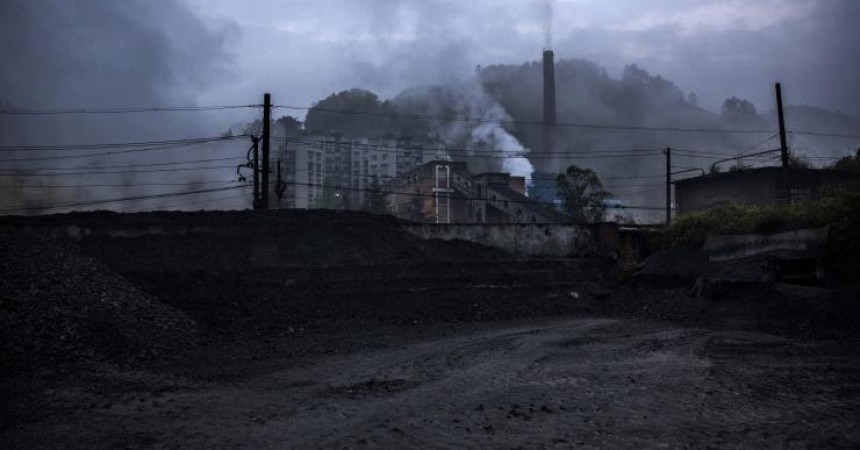-
Tips for becoming a good boxer - November 6, 2020
-
7 expert tips for making your hens night a memorable one - November 6, 2020
-
5 reasons to host your Christmas party on a cruise boat - November 6, 2020
-
What to do when you’re charged with a crime - November 6, 2020
-
Should you get one or multiple dogs? Here’s all you need to know - November 3, 2020
-
A Guide: How to Build Your Very Own Magic Mirror - February 14, 2019
-
Our Top Inspirational Baseball Stars - November 24, 2018
-
Five Tech Tools That Will Help You Turn Your Blog into a Business - November 24, 2018
-
How to Indulge on Vacation without Expanding Your Waist - November 9, 2018
-
5 Strategies for Businesses to Appeal to Today’s Increasingly Mobile-Crazed Customers - November 9, 2018
Satellites could test the world’s climate vows
A report published Monday by the Global Carbon Project offered a rare bit of good news, showing that global greenhouse gas emissions are projected to drop 0.6 percent in 2015, compared to the usual 2.4 percent rise each year.
Advertisement
According to lead author of the study, Earth system science professor, Rob Jackson of Stanford University, carbon dioxide emissions were lessened during economic recession and this event would be the first decline during a time when global economies are growing fast.
India is now the fourth largest source of greenhouse gas emissions in 2014 where the country spewed as much as China in 1990 however, Indian Prime Minister Narendra Modi revealed that the nation’s target this year is to produce an output of 1.5 billion tons of total coal by 2020 to fuel more domestic power production, making India the largest coal consumer in the next few years, leading to a rise in carbon emissions. Also, there might not be sufficient nitrogen and phosphorus in the environment to enable added carbon dioxide to be absorbed by plants.
And while the pause in emissions growth is encouraging, the researchers caution that this year is more likely to be an anomaly than a departure from the trend of emissions growth that began with the Industrial Revolution.
“The high growth rates in global Carbon dioxide emissions prevalent since the early 2000s ceased in the past two years, at least temporarily, despite robust growth in global economic activity”, the report said. “What we know from the INDCs is that global emissions are indeed projected to increase for the years to come, so we would need to see this low or no growth of emissions coupled with even strong commitments”. India’s reliance on coal has been increasing steadily for the past five years, the report said.
Advertisement
“China is now the world’s largest user of wind energy, and will soon surpass Germany as the largest developer of solar”, he said. Financial mechanisms such as the Green Climate Fund have been established to help invest in renewable energy and more sustainable infrastructure in the developing world, but this may not be enough. “There are significant advantages for businesses in a low-carbon world”.




























